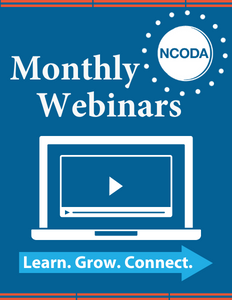NCODA Perspective:
Bispecific antibodies have revolutionized the treatment of various hematologic and solid tumor malignancies. These therapies, which simultaneously target two antigens, have varied adverse event (AE) profiles that pose challenges in categorization and operational management. To address these issues, NCODA supports the National Comprehensive Cancer Network’s (NCCN) initiative to refine terminology for more precise differentiation of these therapies.
The term “bispecific antibody” is broad and can lead to confusion. For instance, bispecific T-cell engagers connect T cells to tumor cells, giving rise to specific AEs such as cytokine release syndrome (CRS) and neurotoxicity, often requiring unique monitoring and treatment. In contrast, other bispecific antibodies that do not engage T cells present different AE profiles and fewer operational challenges. This lack of clear categorization could impact patient safety and treatment workflows.
Adopting precise terminology is crucial, as it directly influences how healthcare providers implement therapies and manage patient care. The NCCN’s introduction of the term “lymphocyte engagers” helps to identify therapies that activate immune cells and highlights their unique AE risks. This distinction provides more explicit guidance for clinicians.
NCODA strongly endorses the NCCN’s efforts for several reasons:
- It enables effective management of therapies based on specific AE profiles.
- It reduces confusion in operational workflows, especially for treatments requiring intensive monitoring.
- It enhances education, allowing practices to develop tailored protocols for different bispecific therapies or other lymphocyte engagers.
As the bispecific antibody landscape evolves, NCODA is dedicated to supporting its members through precise categorization and practical solutions. Adopting terms like “lymphocyte engagers” is crucial for enhancing clinical workflows and ensuring patient-centered care. NCODA is also developing new resources to help members navigate the complexities of bispecific T-cell engager therapy. Stay tuned for updates and additional tools coming in the months ahead.










